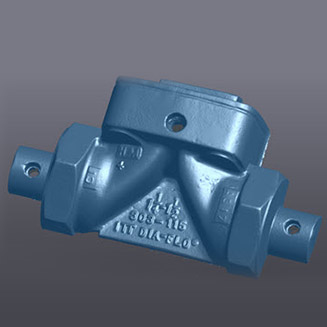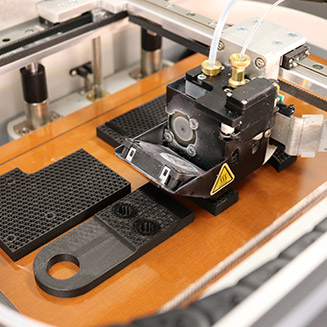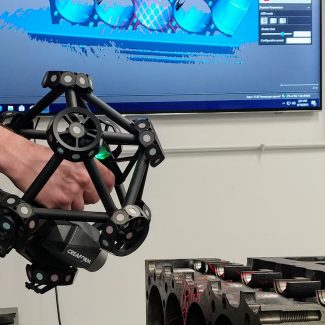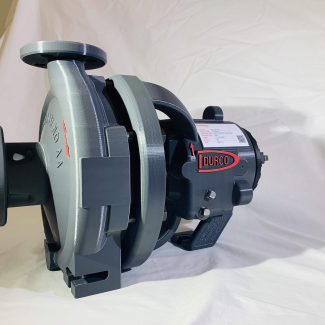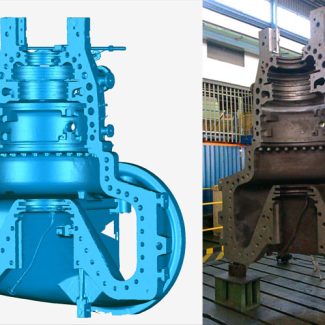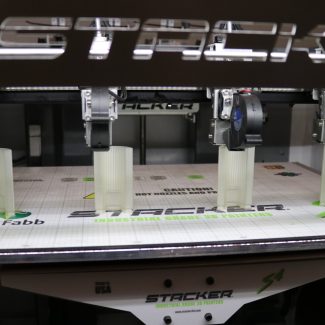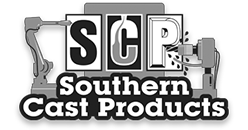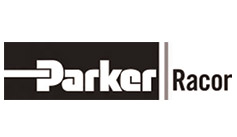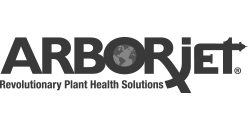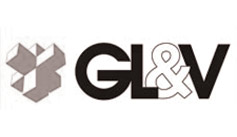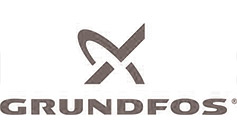Solving Business and Manufacturing Problems with 3D Printing and Scanning
The manufacturing landscape is experiencing an extraordinary makeover, all thanks to the groundbreaking strides in 3D printing and scanning – also known as additive manufacturing.
3D printing and scanning services encompass a wide range of solutions. For example, in the medical field, 3D printing is crafting customized prosthetic limbs. It is transforming the lives of individuals in unimaginable ways. This innovation isn’t confined to one industry. Instead, it’s a catalyst for transforming diverse sectors.
Here’s a look at how 3D printing and scanning are helping businesses. We will also explore how these are assisting industries overcome manufacturing challenges.
How 3D Printing Addresses Business Challenges
These are some of the ways in which 3D printing and scanning help businesses:
Short Lead Time
Traditional manufacturing often involves lengthy wait times for parts delivery. It causes production delays. However, 3D printing allows on-demand production, cutting wait times from weeks to just a few hours. This agility is ideal for rapid prototyping and customized part production.
Cost Efficiency
3D printing lowers manufacturing costs by removing the need for expensive molds and dies. It also reduces inventory costs by allowing on-demand production. On top of that, it saves money on storage expenses and creates more space in warehouses.
Low Volume Production
Unlike traditional mass-production methods, 3D printing offers flexibility for low-volume production runs. This adaptability suits custom or niche products, eliminating excess inventory and inefficiencies.
Risk Mitigation
Developing physical prototypes in the past incurred large costs and time. 3D printing speeds up prototype creation and reduces costs, lowering risks for new product launches. Iterative design testing minimizes failures and accelerates innovation.
Design Flexibility
Traditional methods often limit design complexity due to manufacturing constraints. 3D printing enables detailed designs without compromise. It is conducive to the aerospace and medical industries..
Sustainability
3D printing is different from traditional processes. It reduces waste and uses materials efficiently. This promotes sustainability, which is vital in today’s eco-conscious market.
Addressing Manufacturing Challenges
This is how 3D printing and scanning assist with manufacturing challenges:
Enhanced Prototyping & Production
3D printing makes prototyping and small-scale manufacturing faster and more efficient. It allows for quick changes and custom solutions without the need for expensive tools.
Customization & Scalability
Businesses can tailor products to meet specific demands without compromising cost efficiency. This adaptability in manufacturing supports scalability and customization. It is crucial in meeting diverse market needs.
Improved Time-to-Market
3D printing is fast, which helps companies develop products quickly and get them to market faster. This gives companies a clear advantage over their competitors.
Precision & Quality Assurance
Many businesses prefer 3D printing because it can create products with great precision and accuracy. It doesn’t leave much room for mistakes.
Innovation & Product Development
Rapid design and concept refinement are major innovation engines. It makes it possible to build items more quickly and adjust them to changes in the market.
Cost-Effective Solutions
With 3D printing technology, fewer tools are needed, and waste is decreased. It improves process efficiency and environmental friendliness. This helps businesses save money on their operations.
Using 3D printing and scanning services helps businesses overcome challenges. It speeds up prototyping and improves manufacturing efficiency.

